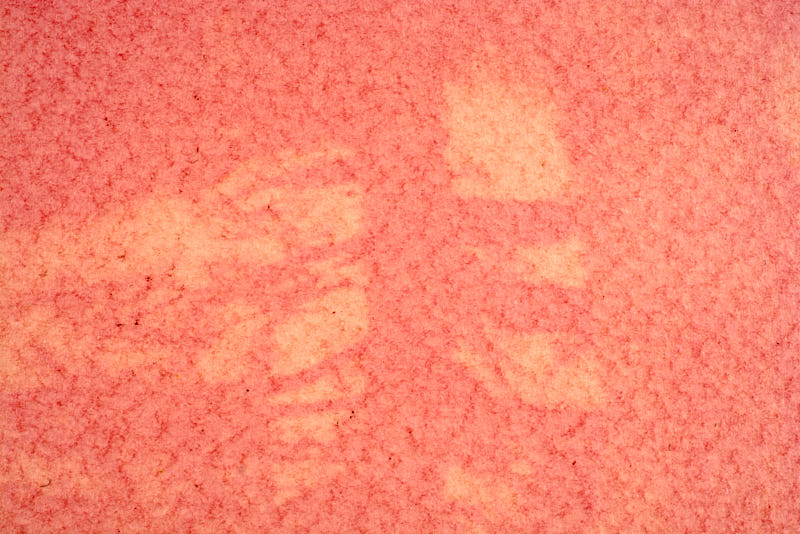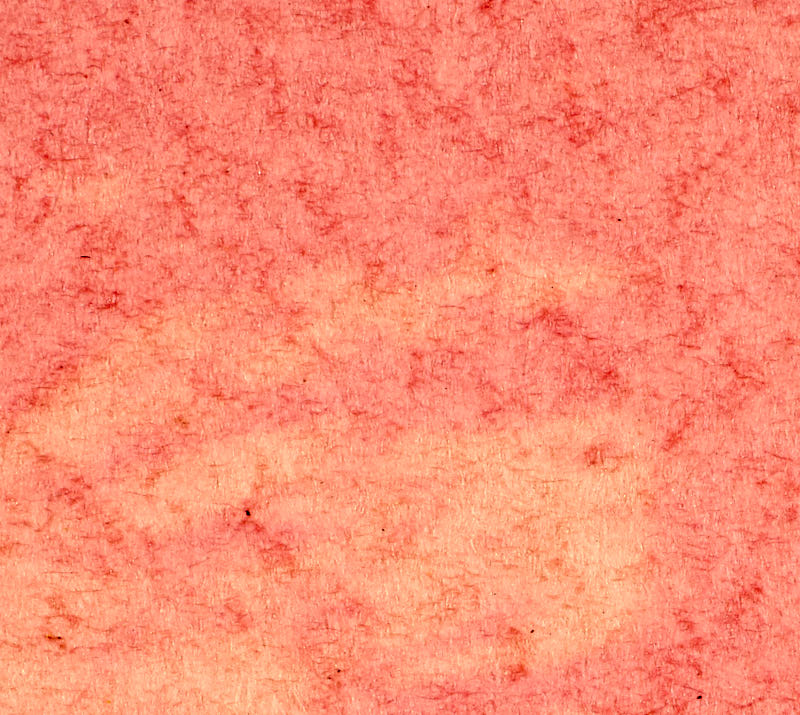Emulsions photographiques naturelles
On appelle
émulsion une
suspension
d'éléments
photosensible sur
une surface
tel qu'une
pellicule, un
papier, une
plaque.
Quand on parle de Surface photosensible naturelle c'est presque une évidence de parler de l'anthotype. L'anthotype est un procédé photographique inventé par Mary Somerville en. L'émulsion est fabriquée a partir de plantes, fruit ou légume sensible à la lumière.
Il est possible d'obtenir une image à l'aide d'une image positive transparente
Les émulsions qui sont censées être les plus rapides:
-la betterave
-le curcuma
-les épinards
-la violette
-la fleur de corchorus
J'ai pu lire sur des groupes autour de l'anthotype que pour accélérer le processus il était possible d'utiliser de l'eau oxygéné et une loupe pour concentré les rayons du soleil sur l'émulsion. Les temps d'expositions varient en fonction de la lumière et du végétale qu'on va utiliser.
“From an examination of the researches of Sir John Herschel on the coloring matter of plants, it will be seen that the action of the sun’s rays is to destroy the colour, effecting a sort of chromatic analysis, in which two distinct elements of color are separated, by destroying the one and leaving the other outstanding. The action is confined within the visible spectrum, and thus a broad distinction is exhibited between the action of the sun’s rays on vegetable juices and on argentine compounds, the latter being most sensibly affected by the invisible rays beyond the violet.
It may also be observed, that the rays effective in destroying a given tint, are in a great many cases, those whose union produces a color complementary to the tint destroyed, or, at least, one belonging to that class of colors to which such complementary tint may be preferred. For instance, yellows tending towards orange are destroyed with more energy by the blue rays; blues by the red, orange and yellow rays; purples and pinks by yellow and green rays.”
– Henry H. Snelling



bettrave
curcuma
exemples avec de l'herbe et végétaux
références:
Noël Podevigne
Aurélien David
Binh Danh
Quelques sites à consulter:
Anthotypes – exploring plant-based emulsions on hand-made papers
Pour découvrir et parler de procédés alternatifs
mémoire : le végétal est photographie
Anthotype histoire